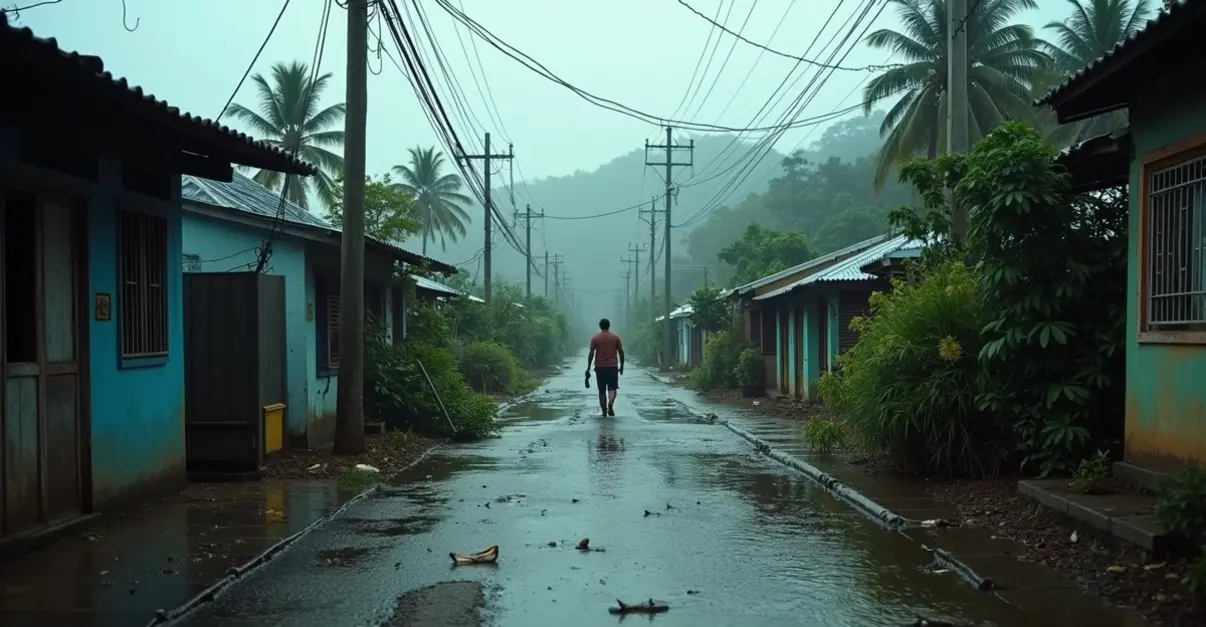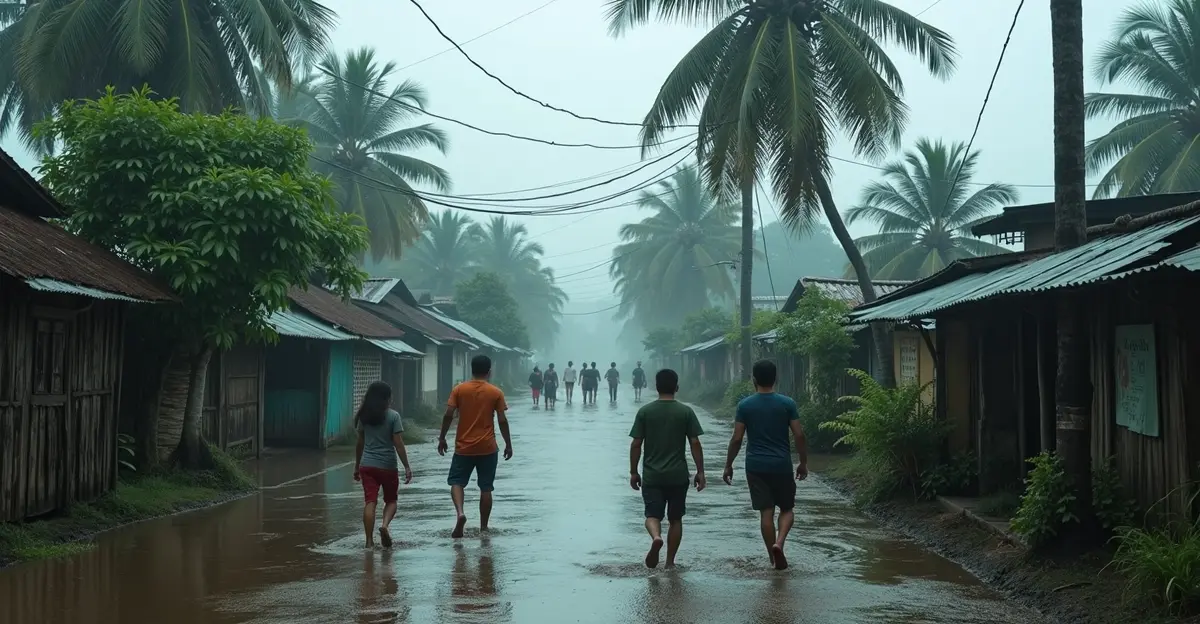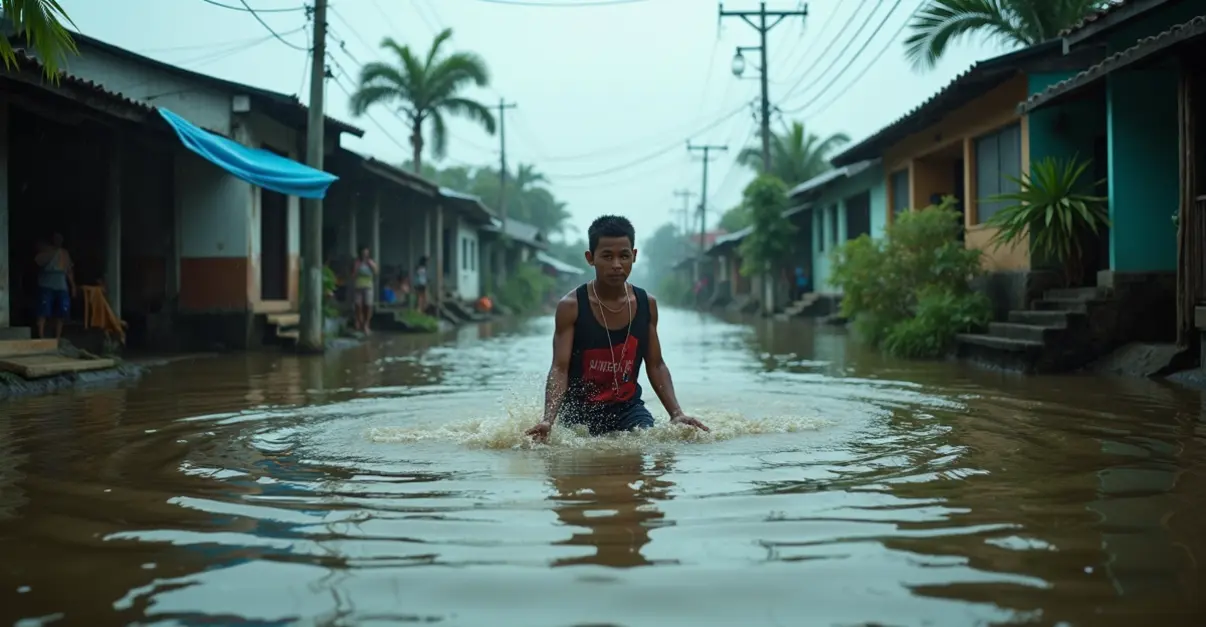Super Typhoon Fung-wong killed four people in the Philippines but massive evacuations of 900,000+ prevented greater tragedy. The storm damaged infrastructure and comes days after another typhoon killed 224, highlighting climate change impacts.

Super Typhoon Fung-wong Leaves Trail of Destruction in Philippines
The Philippines is breathing a collective sigh of relief after Super Typhoon Fung-wong battered the archipelago nation, though the storm claimed at least four lives and caused widespread damage across Luzon, the country's most populous island. The typhoon, which made landfall on November 9, 2025, with winds reaching 185 kilometers per hour, has now moved away from Philippine territory and is heading toward Taiwan.
Casualties and Damage Assessment
According to local authorities and international news reports, the death toll includes two children who were killed when their home was buried by a mudslide. 'The house where they were staying was completely buried under a mudflow,' reported a local official who requested anonymity. The storm also injured several people and displaced over 1.4 million residents across affected regions.
Power outages affected entire provinces, with emergency crews working around the clock to restore electricity. The typhoon damaged approximately 1,000 houses and triggered landslides that blocked major transportation routes. 'We're seeing significant infrastructure damage, particularly in coastal areas where storm surges combined with heavy rainfall,' said Maria Santos, a disaster response coordinator with the Philippine Red Cross.
Massive Evacuation Efforts Pay Off
The relatively low death toll is being attributed to massive evacuation efforts undertaken before the storm's arrival. More than 900,000 people were evacuated from vulnerable areas as authorities heeded warnings from the Philippine Atmospheric, Geophysical and Astronomical Services Administration (PAGASA), which had classified Fung-wong as a 'super typhoon' while it was still over the ocean.
'The preemptive evacuations undoubtedly saved countless lives,' stated Defense Secretary Gilberto Teodoro during a press briefing. 'While we mourn those we lost, the situation could have been much worse without these preventive measures.'
Back-to-Back Storms Test Resilience
Fung-wong represents the 21st storm to hit the Philippines this year and comes just days after Typhoon Kalmaegi devastated the central part of the country, killing 224 people. The consecutive storms have stretched emergency response capabilities and highlighted the nation's vulnerability to extreme weather events.
President Ferdinand Marcos Jr. declared a state of emergency following Kalmaegi's devastation, and recovery efforts were already underway when Fung-wong approached. 'Our people are showing incredible resilience, but these back-to-back disasters are testing our limits,' the president said in a televised address.
Climate Change Connection
Scientists are increasingly linking the intensity of tropical cyclones like Fung-wong to climate change. Research indicates that while climate change doesn't necessarily increase typhoon frequency, it significantly enhances their intensity through warmer ocean temperatures that provide more energy and moisture for storm development.
Dr. Carlos Ramirez, a climate scientist at the University of the Philippines, explained: 'What we're seeing with storms like Fung-wong is consistent with climate models that predict stronger, wetter typhoons in a warming world. The Philippines, situated in the typhoon belt, bears disproportionate impacts from emissions generated elsewhere.'
Regional Impacts and Future Threats
As Fung-wong moves northwest toward Taiwan, authorities there are preparing for the storm's arrival with expected winds between 130 and 160 kilometers per hour. Taiwanese officials have begun evacuating nearly 5,000 people from vulnerable coastal areas.
The storm's timing coincides with ongoing UN climate talks, putting additional pressure on world leaders to address the disproportionate impact of climate change on developing nations. 'The Philippines contributes less than 0.4% of global emissions yet suffers some of the worst consequences of climate change,' noted Environmental Secretary Toni Yulo-Loyzaga.
With the typhoon season continuing through December, meteorological authorities warn that more storms could develop in the coming weeks, keeping the nation on high alert even as recovery from Fung-wong begins.

 Nederlands
Nederlands
 English
English









